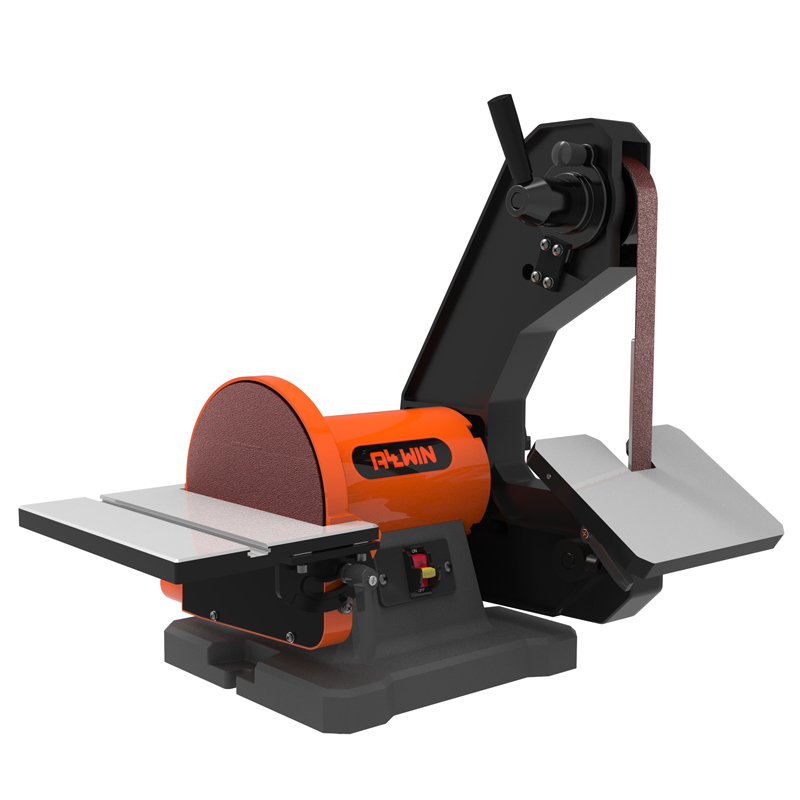Ma jiro sander kale oo garaacaya kursiga keydkasuunka saxanka sandersi degdeg ah alaabta looga saaro, qaabaynta wanaagsan iyo dhamaystirka.
Sida magacaba ka muuqata, kursiga keydkasuunka sanderinta badan waxaa lagu dhejiyaa kursiga keydka. Suunka wuxuu u socon karaa si siman, waxaana sidoo kale loo leexin karaa xagal kasta ilaa 90 darajo noocyo badan. Marka lagu daro bacaadka sagxadaha fidsan, waxay inta badan faa'iido u leeyihiin qaabeynta.
Noocyo badan ooAllwin Power Toolssidoo kale lagu daro asaxanka sanderdhinaca mashiinka. Tani waxay la socotaa miis ciid ah oo inta badan la leexin karo ilaa 45 darajo iyo hagaha miter. Isku darka labadan astaamood ayaa u oggolaanaya xaglaha isku dhafan in la dejiyo, sidaas darteed kordhinta tirada isticmaalka suunka sanderka. Kuwani waa guud ahaanqalabka alwaaxa, in kasta oo beddelidda xoqidda u oggolaanaysa qaar in ay ciid biraha.
Joogta ahSanders suunka benchtopinta badan waxay u baahan tahay qaar ka mid ah isu imaatinka, inta badana way fududahay in la isku keeno halka qalabku la dhigi doono.
TALLAABADA 1: Ururi oo dejisuunka sandermeesha.
Benchtopsuunka suunkawaxaa laga yaabaa inay u baahdaan qaar ka mid ah shirarka yar yar. Ku xidhida suunka ka sokow, miiska iyo hagaha mitarku inta badan waxay u baahan yihiin in meesha lagu xidho.
TALLAABADA 2Isticmaal bandhigga shaqada saxda ah.
Had iyo jeer ka shaqee jihada safarka suunka. Tani waxay bixisaa xakamaynta ugu badan, waxayna ka hortagtaa suunka inuu ka soo baxo qalabka shaqada ee gacmaha. Markaad isticmaalayso saxanka bacaadka, ku dul dhig qaybta miiska, dhinaca hoose (saacda u jeedda) ee wareegga. Tani waxay ka hortagtaa khatarta ah in lagu tuuro hawada.
Ha isku dayin inaad ka saarto walxo badan hal baas. Isticmaalka baas badan ayaa ka fogaanaya kulaylka iyo gubashada shaqada.
TALLAABADA 3Si joogto ah u hubi horumarka.
Sida hawl kasta oo ciid ah, si joogto ah u hubi shaqada. Had iyo jeer waa suurtogal in xoogaa yar la ciido. Suurtogal maaha in balka dib loogu dhejiyo haddii wax badan laga saaro.
Fadlan fariin noogu soo dir bogga "nala soo xidhiidh”ama qaybta hoose ee bogga alaabta haddii aad xiisaynaysosuunka saxanka sander of AllwinQalabka Korontada.

Waqtiga boostada: Dec-18-2023


